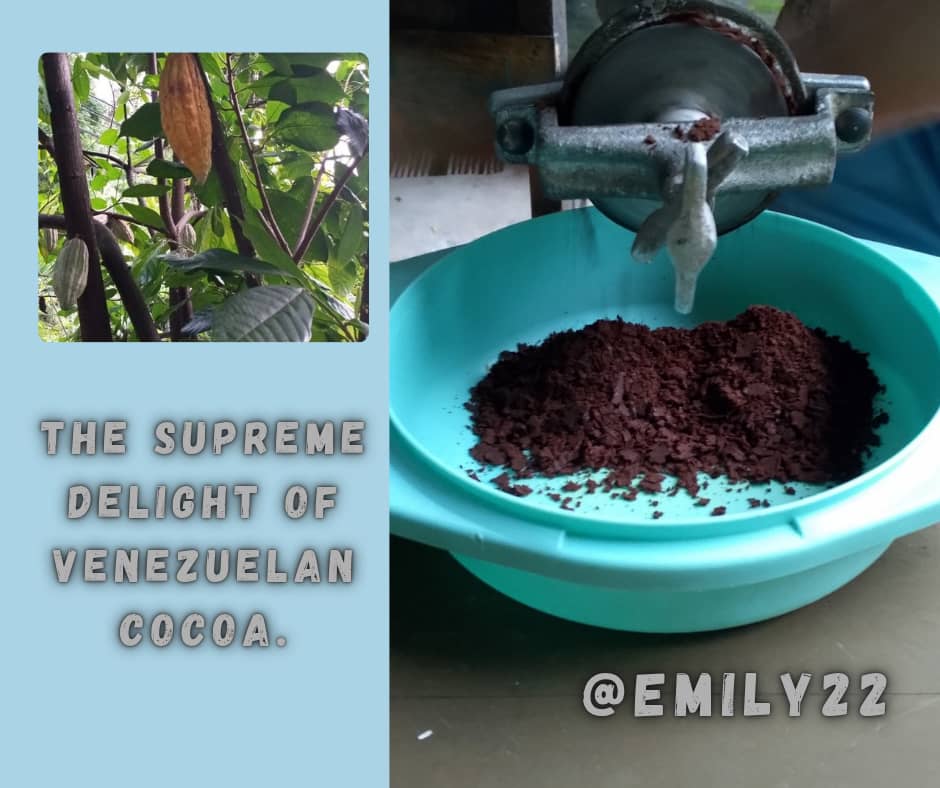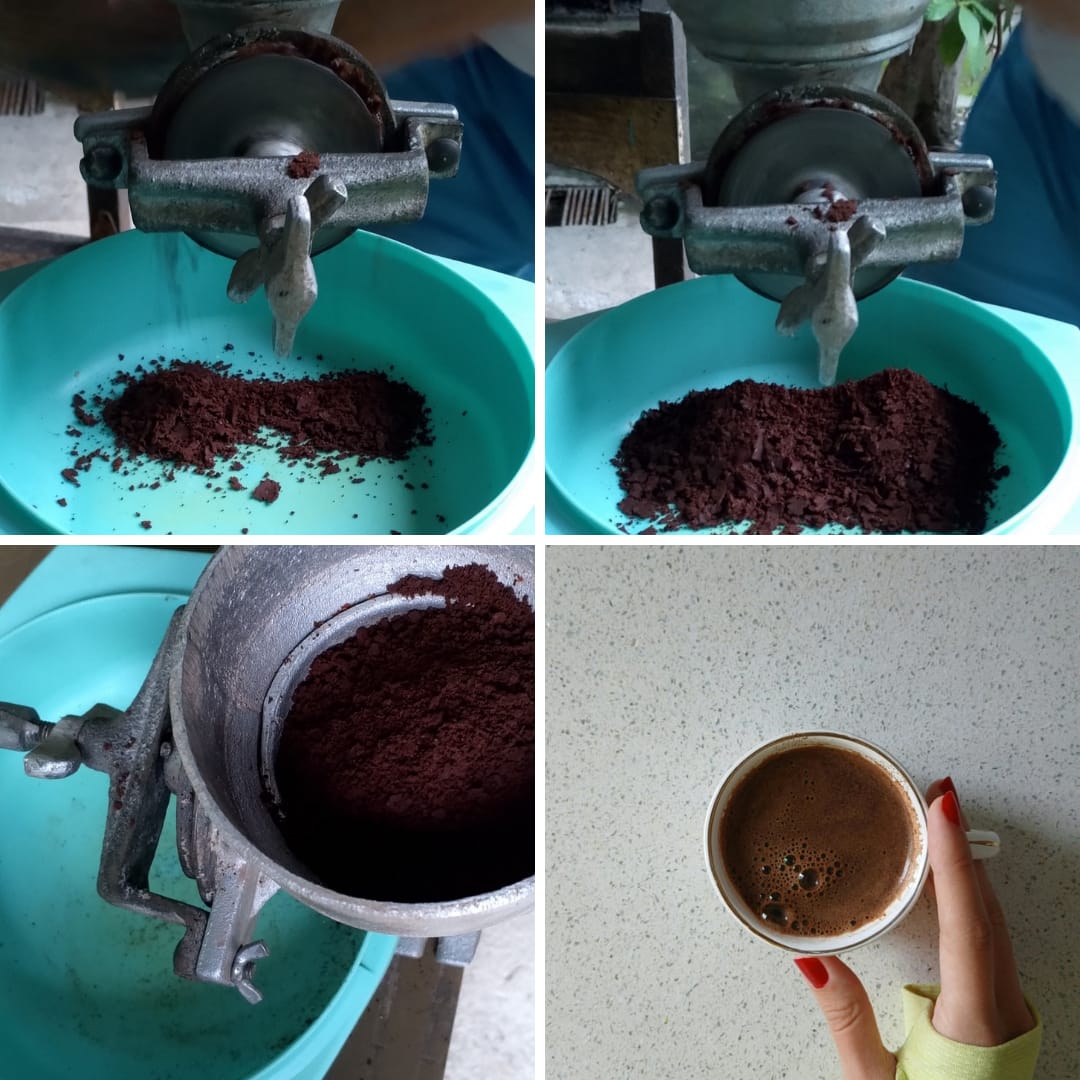

The process of making cocoa and turning it into chocolate requires careful work with the beans.
From knowing when to harvest them to the moment of tempering, it is a long and laborious process, but when you taste the final result with just one piece, you know it was worth it, especially when you have the privilege of having one of the best plants in the world at home, the Venezuelan plant, which has received various certifications worldwide for its exquisite flavour, its perfect acidity level and how easy it is to balance its bitterness with sweetness, allowing for a very wide range of flavours.
Steps to prepare it:
We pick the fruit when it is completely yellow/orange (some varieties can be brick-coloured or red) and the stem is no longer green, which is when we know it is at the perfect stage for harvesting.
Then we open each fruit and extract the seeds, which we place directly in a container covered with a bag and water that covers them for 7 days, changing the water on the 3rd or 4th day so that the seeds ferment a little.


They are then left to dry in the sun until the shell comes off easily when pressing each seed lightly, and then they are roasted in an oven, preferably at medium/low heat for a long time. How do you know exactly when they are ready? By the aroma and toasted colour. Then we proceed to grind them while they are still hot. Grinding releases their fats, which begins to texture the paste. In my case, I go over it at least six times to reduce the lumps and micrograms of cocoa as much as possible in order to texture it correctly.



After that, we proceed to place it in a ‘bain-marie’ where we add 1kg of sugar for every 200g of cocoa (in my personal recipe) and, if desired, milk to taste, preferably liquid milk mixed with powdered milk to make the mixture more homogeneous. Then we proceed to package it, and if we want, we can reduce it further to make bars, or leave it as is and make drinking chocolate, or simply consume it as is, which is delicious.
It is worth mentioning that I forgot to take photos of the preparation, but another time I will share the step-by-step process with you, in the company of my family.
I invite you to try the recipe and let me know in the comments how your experience was.
Use Canva with the elements available in its free version and the Deepl translator, as my language is Spanish.
Best regards and blessings.
